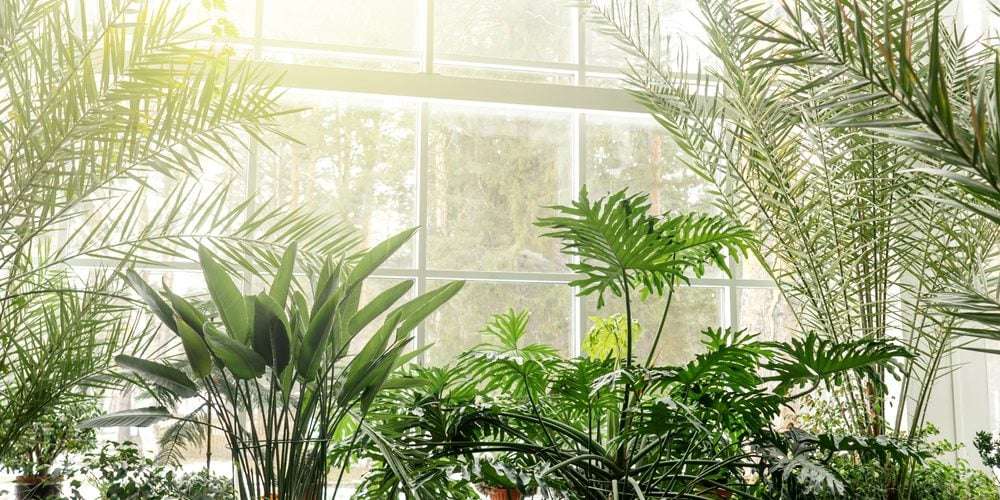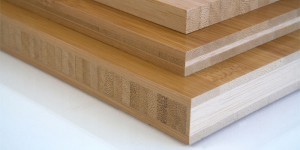
These days, concerns around sustainability are a popular topic. As temperatures rise, more people are concerned with energy saving appliances and helping the environment. When designing or upgrading your home, you have the opportunity to make sustainable choices that are better for the environment. Biophilic design describes architecture and elements that use the natural world and resources already available to us. Making biophilic upgrades will also increase the property value of your house, with the added benefit of reducing your monthly energy bill. Here are some things you can consider when designing your home to make it as environmentally friendly as possible.
Maximize Natural Light While Minimizing Harmful UV Rays
One of the most energy draining features in your home is often your lighting. One of the ways to combat dark rooms that require lots of lighting is by maximizing the natural light that already flows through your space. An option you have is upgrading to larger windows, or adding window features that allow you to sit near the light. This allows you to maximize natural light during working hours and avoid using extra energy. The increased connection to nature and your exposure to sunlight will also help boost your mood and reduce anxiety. Larger windows will also allow you to increase natural airflow, but make sure to outfit them with sturdy screens to keep bugs and pests away.
It’s important to keep in mind that you’ll want to mitigate the effects of heat from the sun entering the windows. Choosing windows that block ultraviolet light will help you avoid turning your living room into a sauna. You’ll also want to consider choosing sturdy curtains or window coverings that block out the light. Lastly, if you have already purchased windows, you can get films that attach to the surface of the glass, letting in varying amounts of light. These can be useful for unused rooms, or for storage areas like your garage. Even with curtains, one small gap between them can let in enough light to cause damage. This can be especially sad if you ruin sentimental objects such as photos or holiday ornaments, so it’s important to be prepared.
Use Natural Materials
Whether you’re building a new house or redesigning the place you already call home, making the choice to select sustainable materials can help reduce your environmental footprint in a big way. Many of these materials also have the bonus of being aesthetically beautiful and inspiring, such as bamboo, adobe, and stone. Using these materials will help you not only reduce your impact on the planet, but will connect you to nature even when you’re inside. Some other green materials you can use are:
Cob: A natural material made from straw and soil
- Cork: Has the benefit of being mold-resistant
- Upcycled materials: Recycled materials could include concrete, plastic and glass
- Steel: 98% of steel is sourced from recycled materials
Choosing materials that are good for the earth will not only give your home a unique and natural feel, but will also help the planet in the future.
Include Energy Efficient Technology
A powerful way to harness the power of nature in your home’s design is through adding elements that use energy from the surrounding environment. Features such as solar panels and air-sourced heat pumps have the potential to qualify you for tax breaks and incentives for sustainability. Additionally, green home technology such as smart thermostats and water-efficient washing machines and sinks can help you cut down on your utility bills.
When considering cutting back on energy waste, it is important to consider your home’s insulation. Traditional fiberglass insulation is not only dangerous to the touch, it can trap mold and allergens within, harming the health of your entire family. Pets are not exempt from this. If they decide to chew on a piece of fiberglass, mistaking it for cotton from a chew toy, they can get painful shreds of material trapped in their gums. Materials such as wool, cotton, ThermaCork, and even spray foam are all safer choices that are better for the environment, and your health.
When you’re an eco-conscious person designing or upgrading your home, keeping sustainability in mind is a must. Using the opportunity to make choices that reduce your carbon footprint while beautifying your home benefits you in the short term, while increasing the value of your home in the long run. You will thank yourself for being selective in your design materials and choosing biophilic design.

About the Author
Meet Bridgett, your friendly neighborhood green building guru! With more years of experience than she’d like to admit, Bridgett is your go-to expert for all things eco-friendly construction. She’s on a mission to make your home the envy of every tree hugger in town (and maybe even the squirrels 🐿️). Let’s build a greener, funnier, and all-around better world together – one enlightened eco-conscious choice at a time!

